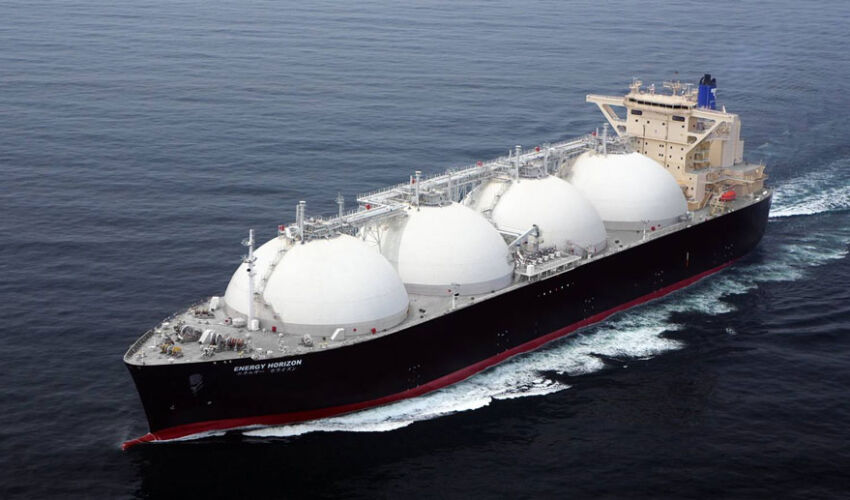
As noted by the Turkish agency Anadolu Ajansi, global demand for gas increased by 2.5% compared to the previous year, equivalent to a rise of 100 billion cubic meters. This is one of the highest growth rates of the past decade, driven by a combination of factors — including economic growth, urbanization, technological changes, and climate conditions.
The main driver of the global gas consumption increase was the Asia-Pacific region, which accounted for 60% of the total growth. In China, gas consumption rose by 33 billion cubic meters, reaching 430 billion. In Europe, after two years of decline, consumption levels stabilized.
The rise in consumption also boosted investment activity in the gas sector. In 2024, investments in oil and gas exploration and production reached $625 billion. During the year, 130 new gas projects were launched, with a combined production capacity of 60 billion cubic meters per year.
Despite statements about replacing pipeline gas with liquefied natural gas (LNG), global market trends show otherwise. Pipeline gas trade increased by 6% in 2024, reaching 606 billion cubic meters. The global LNG market, on the other hand, showed only 0.9% growth — the lowest in the past four years.
Nevertheless, LNG imports in Asia rose by 8%, hitting a record high, driven by falling spot prices, rising gas demand in China and India, and the launch of new LNG terminals. In contrast, LNG imports in Europe declined by 18% due to high storage levels and increased pipeline supplies.
Despite geopolitical tensions and disruptions in the Suez and Panama Canals, there was a notable decrease in LNG transportation costs in 2024.
A total of 70 new LNG carriers were commissioned, most of which are aimed at the spot market, helping to reduce freight rates.













